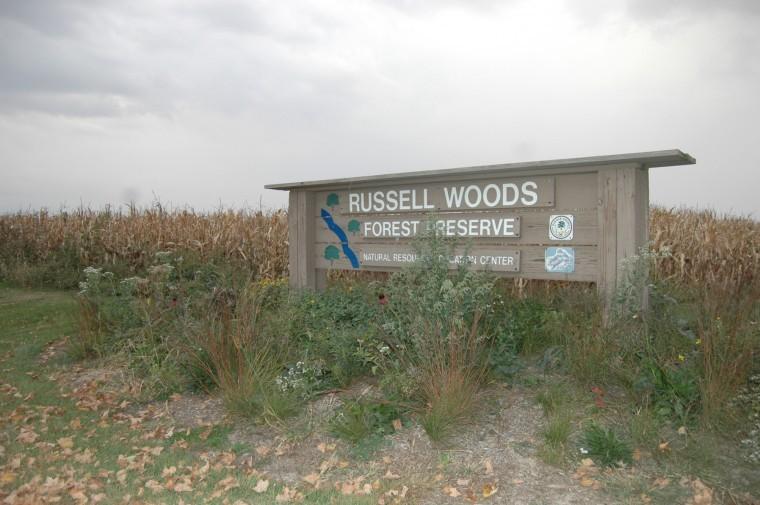Beetle species kills Ash trees
October 16, 2011
Over the summer, the Emerald Ash Borer Beetle (EAB) has been spotted in DeKalb and other neighboring areas. The Emerald Ash Borer Beetle’s larva eat the inner bark in Ash trees which cuts off the trees from water and nutrients, killing it of starvation.
The United States National Arboretum stated the beetles have already killed more than 25 million trees, and the United States has already spent tens of millions of dollars to try to control the pest. Some states are using the EAB’s natural predator, two species of Chinese wasps that are native to Asia, to stop the spread of the beetle. These predator wasps only attack the EAB and don’t have stingers. But this tactic has had limited success, according to an article in the Chicago Tribune.
The EAB is a beetle that was previously unknown to the States before 2002. According to the Illinois Department of Agriculture’s website, the beetle is thought to have come from Asia, traveling overseas in wooden packing material.
“I hope [the beetle] comes to a stop because there is a lot of beauty about [DeKalb].” said Agatha Gryglak senior rehab service major and outdoor adventure leader for the Outing Centre. “But I would be more worried about other areas that are more wooded. DeKalb is more flat and full of crops.”
The beetle was first confirmed to be in DeKalb County June 4, 2006. A press release from the Illinois Department of Agriculture stated the EAB was discovered on a farm south of Illinois Route 64 on First Street in Mayfield Township, just between the cities of Sycamore and DeKalb. Then, once again, an EAB was spotted in the DeKalb area July 13, 2011.
“If there is one [EAB] then its likely that there are more around” said biological sciences professor Bethia King. “I’m not optimistic.”
Once a tree has been infected there are mixed opinions on what to do about saving it, King said. “Some say insecticides work, but don’t work on larger trees. Others say they don’t work at all.”
According to the Morton Arboretum‘s website, the Ash trees account for 6 percent of forests state-wide, and 20 percent of urban forests in communities in the northeastern part of the state, or approximately 130 million ash trees..
“Ash trees generally grow in outdoor wetland areas.” said George McNeal, a Moline farmer. “It could drastically change the ecological system if many were to die.”
The Ash tree is known for being along wetland shore lines. If they die their roots no longer hold the sand along the shore together, washing the shore line and all species that live there away with it.







